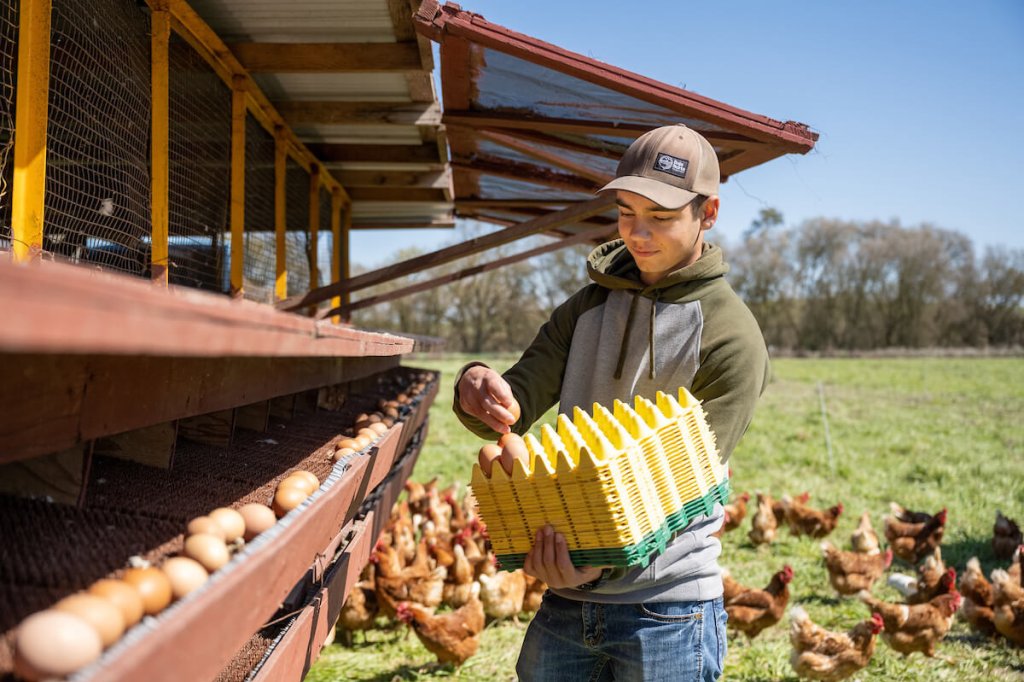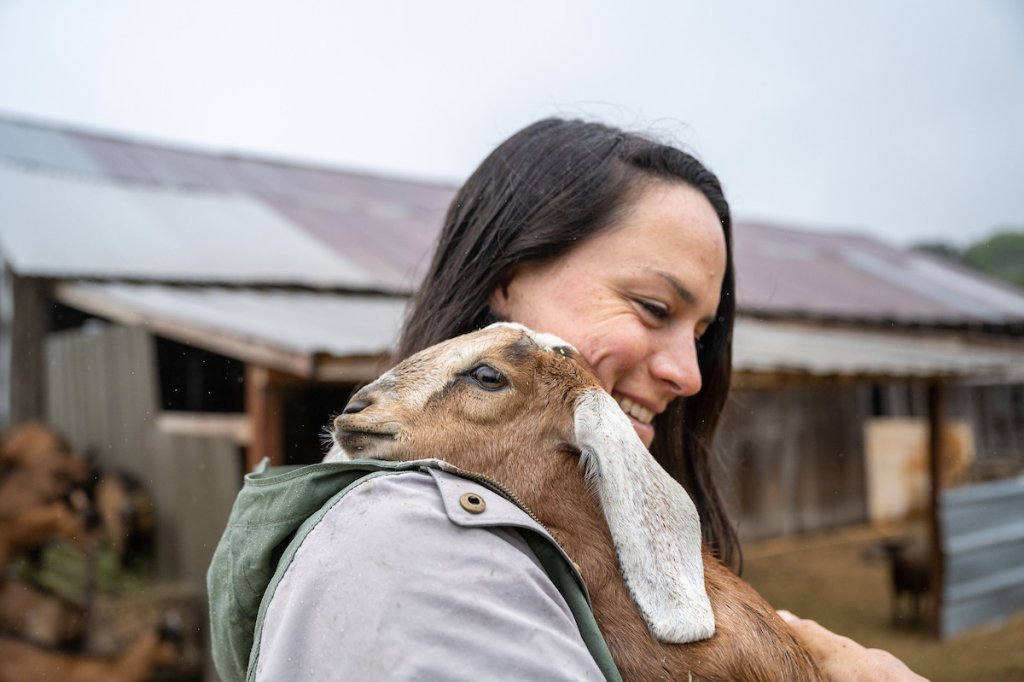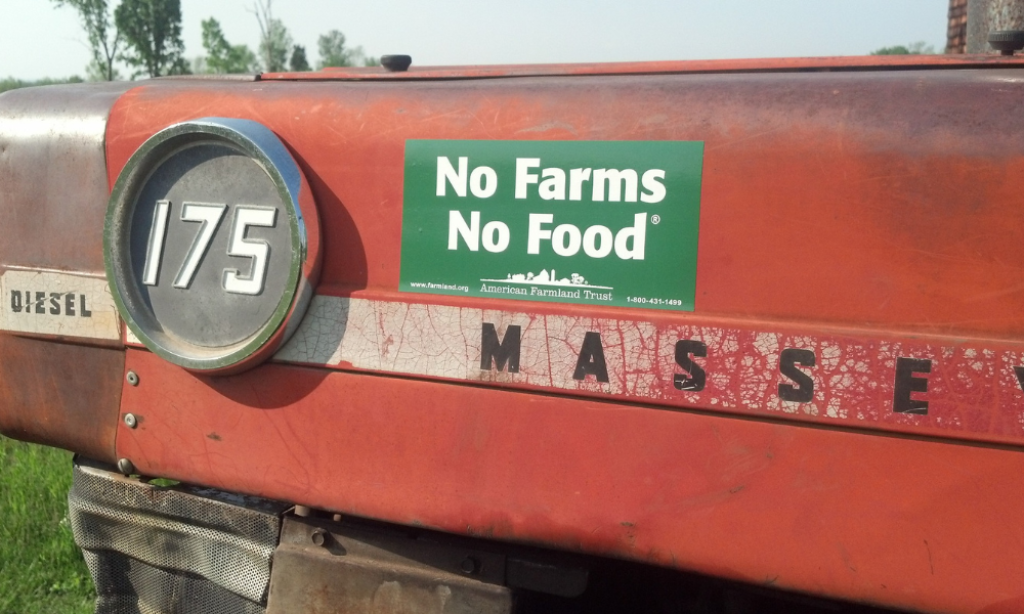Reflections on Illinois Water Quality on the Upper Macoupin Creek Watershed Project
The Upper Macoupin Creek Watershed Project (UMC) seeks to improve awareness and understanding of Illinois water quality issues in the watershed region, the Illinois Nutrient Loss Reduction Strategy, and the benefits of improved soil health and nutrient management.
Three years ago, the “real-world” sun was rising over me as my first full-time job approached- the Upper Macoupin Creek Watershed project. Not only was this a new project to me, but it was also an entirely new way of life for a fresh college graduate. One of the job requirements was to make phone calls – and lots of them – to farmers in the watershed. Another was to relocate to the watershed area in central Illinois for direct contact with local farmers and other organizations. It was intimidating to join a project that had been curated by American Farmland Trust Midwest staff for over half a decade as the person who would work full-time to make it successful. The sun was rising, but I was pulling the covers over my head and pretending that wasn’t the case.
One of the first visible signs of conservation we found at the UMC.
The first week of a job is overwhelming and traveling 4.5 hours for an in-person work-planning meeting on day three reinforces this. I vividly remember my carpool with my then-manager where he asked me multiple times what questions I had as he explained the project. My only question was how to pronounce a small town in the watershed that I simply could not phonetically figure out. The rest of the project was so overwhelming that I didn’t even know what to ask.
Soon, I fell into a groove of working with data on ArcMAP and NRCS databases to begin making a targeted list of farmers for outreach. I spent time with NRCS and SWCD staff in the watershed learning about the farmers and what role I could play in assisting them. This was exciting – I was finally learning where my focus would be and who I would be working with! Of course, this became less exciting when winter arrived and I actually had to call everyone and talk to them. I still felt that I knew little about the project and the importance of my role but in fact I knew plenty and was not confident enough to admit it.
One of the billboards we had installed in the UMC watershed.
The year 2020 should have been a great one for the UMC project – this was the year I would be holding events, meeting with farmers in-person, and beginning to see a difference from the work I and others were putting into the watershed. I looked forward to setting the full outreach plan into action and working directly with farmers to get conservation on the ground. But, 2020 turned out to be much different than I had envisioned when COVID-19 arrived and eliminated in-person meeting opportunities. This led to more phone calls, which were still not something I looked forward to. This was especially true when the goal was no longer to meet with farmers in person, look at their farms, and work with them to find solutions to the problems they saw and problems they couldn’t see. All outreach was either by phone or by video until 2021, putting a damper on our efforts to reach project objectives.
The summer of 2021 was the first opportunity to hold in-person (outdoor) events since the 2020 UMC Winter Meeting in January. I visited a few farmers one-on-one to walk their farms and learn alongside them. I continued outreach to promote the programs we had available to provide cost-share for conservation practices. Things felt like they were finally beginning, but we were quickly closing in on the three-year funding term for the project. We held a final (virtual) winter meeting in January of 2022 to share our work on the project and encourage partners to take the lead in UMC coordination as we transitioned out of this role in the months following.
Even with a global pandemic, a conservation technician who loathed making phone calls for two years, and a watershed with unreliable internet and cell access, we put great effort toward making a difference in the UMC. Field days and other outreach efforts increased awareness of the Illinois Nutrient Loss Reduction Strategy, and financial and technical assistance resulted in conservation practices on 36,600 acres and kept 45,286 pounds of nitrogen, 6,704 pounds of phosphorus, and 9,217 tons of sediment out of the water each year.
I worked alongside Shane Sinclair (left) of Precision Conservation Management to host most of the UMC events. We paused for a photo with UMC farmer Zac Weidner (right) who hosted the summer field days at his fields.
The UMC project sun set at the end of May 2022, and we are wrapping things up in its lingering twilight. Final reports are being reviewed, final meetings have been held, and final data is being saved to the archives. Meanwhile I have moved on to another project, one that requires me to make even more phone calls to farmers. I am more confident now and look forward to talking with farmers about their conservation goals. And I am content knowing that the legacy of my work, and the entire Midwest team, will live on in Illinois water quality in the Upper Macoupin Creek Watershed for years (and even decades) to come.




